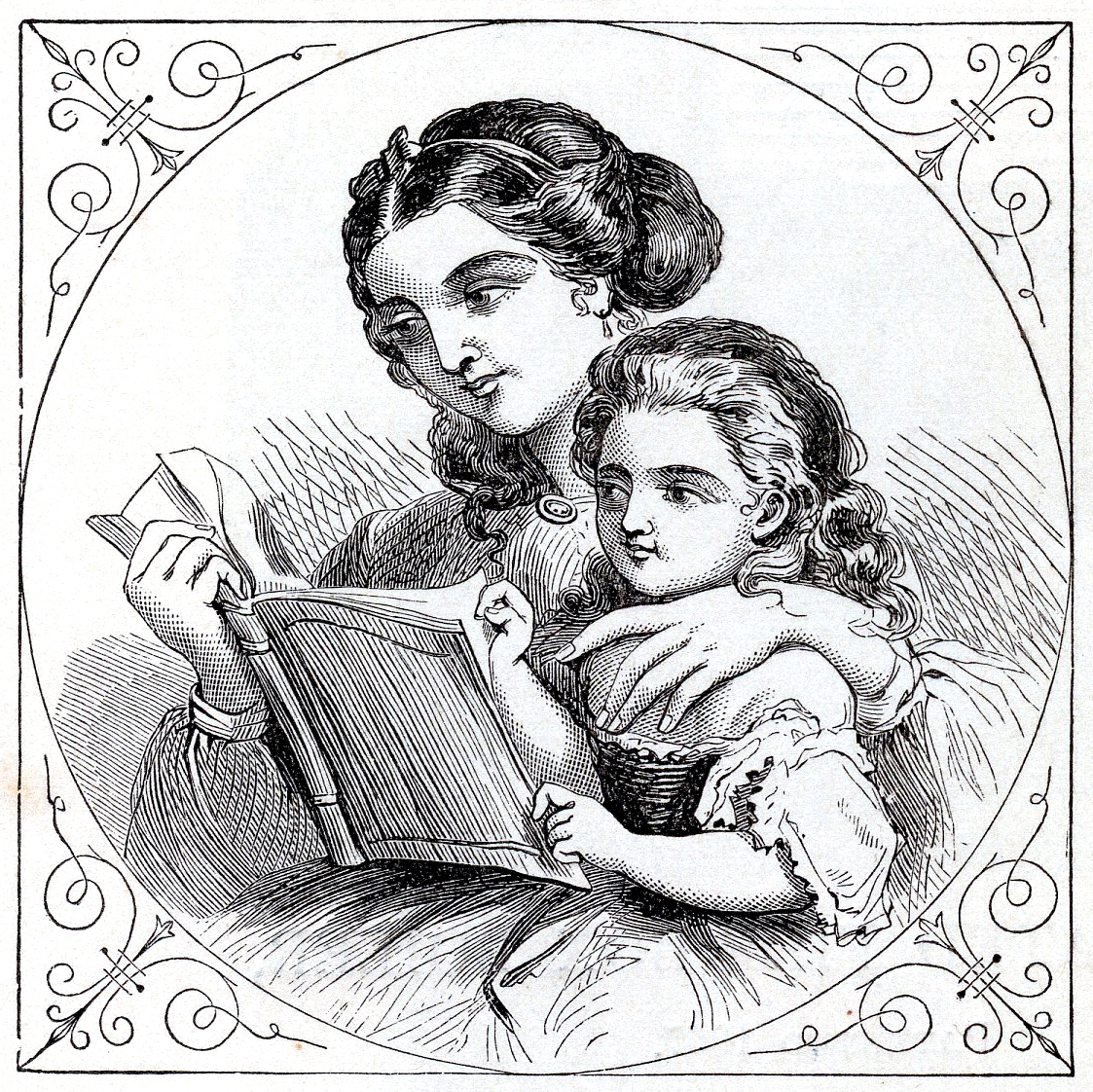39 reading the back of food labels
How To Read Food Labels For You Ethical Shoppers... Ingredients listed. Reading food labels can be a chore! Ingredients are always listed in order from greatest to least amounts. For instance, if a jar of tomato sauce says something like tomatoes, water, citric acid, basil, oregano, salt we can conclude that it is mostly tomatoes with not so much salt. However, if the label reads sugar, tomatoes ... 5 Simple Steps To Reading Packet Food Labels - The Root Cause 620 - 625, 627, 631, 635, Hydrolysed Vegetable Protein (HVP), Hydrolysed Soy Protein (HSP), Soy Protein Isolate (SPI), Textured Vegetable Protein (TVP), Hydrogenated Vegetable Oil, Vegetable Oil. Artificial Sweeteners: Numbers in the 900 range plus sorbitol (420) Step 5 - Count how many teaspoons of sugar.
Food Label Reading - What You Need to Know - Drugs.com A table called "Nutrition Facts" is on the side or back of most packaged foods. This table tells you exactly how large a serving is and how many servings are in the package. It also has facts about how many calories, protein, fat, vitamins and minerals are in the food.

Reading the back of food labels
Reading food labels: Tips if you have diabetes - Mayo Clinic Put sugar-free products in their place. Sugar-free doesn't mean carbohydrate-free. Sugar-free foods may play a role in your diabetes diet, but remember that it's equally important to consider carbohydrates as well. A sugar-free label means that one serving has less than 0.5 grams of sugar. When you're choosing between standard products and ... How to Understand and Use the Nutrition Facts Label | FDA That is two times the calories and nutrients shown in the sample label, so you would need to double the nutrient and calorie amounts, as well as the %DVs, to see what you are getting in two... How to Read a Food Label - FoodAllergy.org Managing life with a food allergy means reading packaged food labels—every time you buy that food. This is true even if you have purchased the food hundreds of times. Ingredients and manufacturing processes can change without warning. Make a habit of carefully reading labels to ensure you avoid any potential allergens.
Reading the back of food labels. How to Read a Food Label | Atkins Backing into a Carb Count Almost everything displayed on the Nutrition Facts panel is based on specific laboratory procedures, called assays, regulated by the FDA. The quantity of fat, protein, ash and water can all be directly and exactly assayed. (Water and ash need not be listed on nutrition panels.) Carbohydrates, however, are the exception. How to Read a Package Label | Ask Dr Sears How to Read a Package Label. Now that you can wisely evaluate the claims on the front of the package, here is the information you need to interpret the large and small print on the sides and back of the package. "Nutrition Facts" is one of the most useful parts of the food label. This is where you can find out exactly how much fat, protein ... How To Read Food and Beverage Labels | National Institute on Aging There are three types of product dates commonly printed on packaged foods and beverages: "Sell by" tells how long the manufacturer suggests that a store should sell items such as meat, poultry, eggs, or milk products. Make sure you buy by this date. "Use by" tells how long items will be at peak quality. How to Read the Nutrition Facts Label on Packaged Foods Sodium. Many people get far too much salt, or sodium. Most of it is in packaged foods and restaurant items. Limit salt to 2,300 milligrams (about 1 teaspoon) daily. If you have high blood pressure ...
Understanding Food Nutrition Labels | American Heart Association 1 - Start with the serving information at the top. This will tell you the size of a single serving and the total number of servings per container (package). 2 - Next, check total calories per serving and container. Pay attention to the calories per serving and how many calories you're really consuming if you eat the whole package. How to Read a Food Label to Make Sure It's Keto in 3 Easy Steps Food manufacturers are required by the FDA to list ingredients in order of predominance by weight. The ingredient that weighs the most is listed first, and the ingredient that weighs the least is listed last. So stay away from foods where sugar or starch is listed as one of its first 5 ingredients. That's too many carbs for fat loss. The Importance of Reading the Food Label and Nutritional Facts Luckily, reading a nutrition label isn't really that difficult. Sure, you can get pretty in-depth and precise with it, but a quick glance over it can give you plenty enough information to make healthy choices.. So here's a rough breakdown of all the key parts of every food label, and the areas where you should consider paying particular attention. How to Read Food Labels Without Being Tricked - Healthline It simply indicates that at one point the manufacturer worked with a natural source like apples or rice. Organic. This label says very little about whether a product is healthy. For example,...
How to understand food labels - Eat For Health The Nutrition Information Panel on a food label offers the simplest and easiest way to choose foods with less saturated fat, salt (sodium), added sugars and kilojoules, and more fibre. It can also be used to decide how large one serve of a food group choice or discretionary food would be and whether it's worth the kilojoules. How to Read a Dog Food Label - American Kennel Club The quantity listed on the label tells you how much of the food is in the container. This may be measured by weight, liquid measure, or by count. Products can vary in density (think wet food vs.... Food label reading guide | Nutrition Australia The Health Star Rating is a front of pack labelling scheme which can be used to make healthier food choices at a glance. The rating range is from ½ - 5 stars and the more stars, the healthier the choice. Recommended minimum star ratings for food and drink categories Remember: Reading food labels can help us make healthy choices. Food labels - NHS Nutrition labels are often displayed as a panel or grid on the back or side of packaging. This type of label includes information on energy (kJ/kcal), fat, saturates (saturated fat), carbohydrate, sugars, protein and salt. It may also provide additional information on certain nutrients, such as fibre.
Reading Food Labels | ADA - American Diabetes Association Put food labels to work. The Nutrition Facts labels on foods are really the key to making the best choices. We'll cover the basics so that these labels make shopping easier for you. You've heard it all. From carb-free to low-carb, to whole and empty carbs, it's hard to know what it all means. Blood sugar highs and lows aren't always ...
Why Is Reading Food Labels Important? | livestrong It's recommended that you cut back your sodium intake to less than 2,300 milligrams per day and your intake of added sugar and saturated fat to no more than 5 to 15 percent of your daily calories, according to the Dietary Guidelines for Americans 2010. Check food labels for guidance as to how to reach your goal of cutting back on these components.
How to read food labels: MedlinePlus Medical Encyclopedia If a label says that a food has 100 mg of sodium, this means it has about 250 mg of salt. You should eat no more than 2,300 mg of sodium per day. This is the amount of sodium that is in 1 measuring teaspoon of table salt. Ask your health care provider if you should have even less. The % daily value is included on the label as a guide.
How to read food labels | healthdirect In Australia, the law requires all manufactured foods to carry labels containing safety and nutrition information. This information helps you to make decisions about the food you buy and eat so you can follow a healthy diet. The label will tell you: the name of the product, describing accurately what it is the brand name

The colours and character of Corfu Town, Greece | Explore With Ed | Wales based Food, Travel and ...
Understanding Food Labels | The Nutrition Source | Harvard T.H. Chan ... The information on food labels is intended to help consumers become savvy about their food choices. The front, back, and sides of a package are filled with information to inform us what the food contains and to provide guidance in making healthier selections of processed foods.
How to Read Food Labels | mySugr Check the Serving Size Before reading the rest of the label, look at the serving size. The rest of the information - such as carbs, calories, sugars, fiber, and more - will be based upon the serving size that's listed. Eating more than a serving size means you'll get more carbs, sugars, and calories than what has been listed.
Label reading 101 - Healthy Food Guide You can verify these claims by reading the nutrition information panel on the back of food products. Step 2: Scan the ingredients list Ingredients used in products are listed in descending order by weight, from the largest to the smallest. Pay particular attention to the first three ingredients.
10 Rules For Reading a Food Label - YouTube The basics for understanding a nutrition label are important for every person to know. This video presents clear rules to properly read a food label. This vi...
Ways You're Reading Food Labels Wrong | Reader's Digest You don't look at the type of fat breakdown. Total fat is listed on a nutrition label because fat has more calories per gram than carbs or protein, so high-fat foods tend to be high-calorie ...
How to Read a Food Label - FoodAllergy.org Managing life with a food allergy means reading packaged food labels—every time you buy that food. This is true even if you have purchased the food hundreds of times. Ingredients and manufacturing processes can change without warning. Make a habit of carefully reading labels to ensure you avoid any potential allergens.
How to Understand and Use the Nutrition Facts Label | FDA That is two times the calories and nutrients shown in the sample label, so you would need to double the nutrient and calorie amounts, as well as the %DVs, to see what you are getting in two...
Reading food labels: Tips if you have diabetes - Mayo Clinic Put sugar-free products in their place. Sugar-free doesn't mean carbohydrate-free. Sugar-free foods may play a role in your diabetes diet, but remember that it's equally important to consider carbohydrates as well. A sugar-free label means that one serving has less than 0.5 grams of sugar. When you're choosing between standard products and ...














Post a Comment for "39 reading the back of food labels"